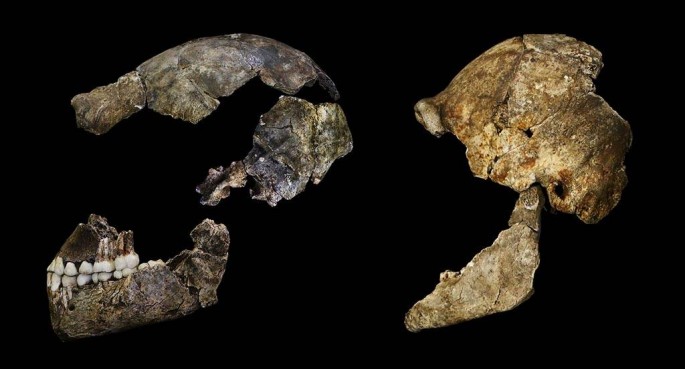Scientists have discovered a new species of human from fossilized bones that have been identified from more than 15 individuals that are found buried deep underground a cave in South Africa in the Cradle of Humankind in some ritualistic manner, hundreds of thousands years ago.
This species apparently possess features that are similar to modern day humans such as feet that are adapted to walking long distances but also have ape like characteristics including narrow shoulders and curved fingers for climbing trees.
This new human species is called the Homo naledi, that is named after the Dinaledi chamber, inside the cave where it was uncovered, where its brain is no bigger than an orange fruit. Scientists believe that the species buried its dead with rituals which marks an evolutionary milestone of being human.
These tiny ancestors are estimated to be no taller than five feet tall and weighed not more than 45 kilograms, are considered to be part of a new species under the Homo genus since they possess similarities to other humans but also have distinct features that set them apart into a single, unique entity, according to scientists.
The team of researchers has uncovered a massive amount of bones, almost 1,550 fossilized fragments deep inside the cave's chamber where the scientists have obtained almost every single part of bone found in H. naledi's body, making this a truly pivotal discovery of early human origins.
According to Tracy Kivell of the University of Kent, their hands revealed that they utilized and made tools even if they did possess extremely curved fingers, more curved than any other early species of hominins, clearly suggesting climbing abilities.
According to lead researcher Lee Berger from the University of Witwatersrand in Johannesburg, the feet of these early humans are almost identical to modern humans, combining with relatively longer legs that suggest that the species was already adapted to bipedal walking.
Berger also reveals that, this expedition uncovered the most complete picture of the human lineage, with almost every bone of their bodies represented many times. These new findings are published on the journal, eLife.



























